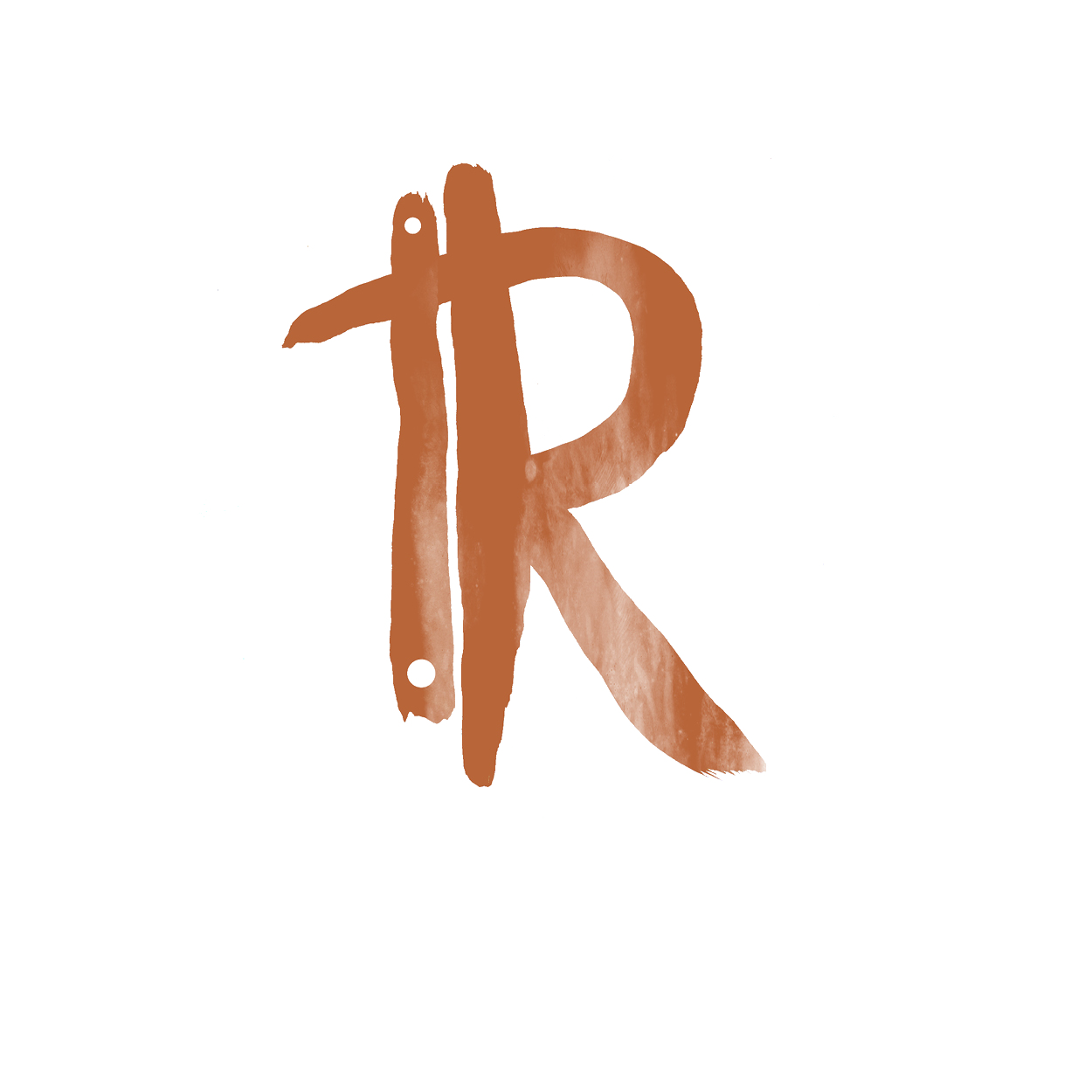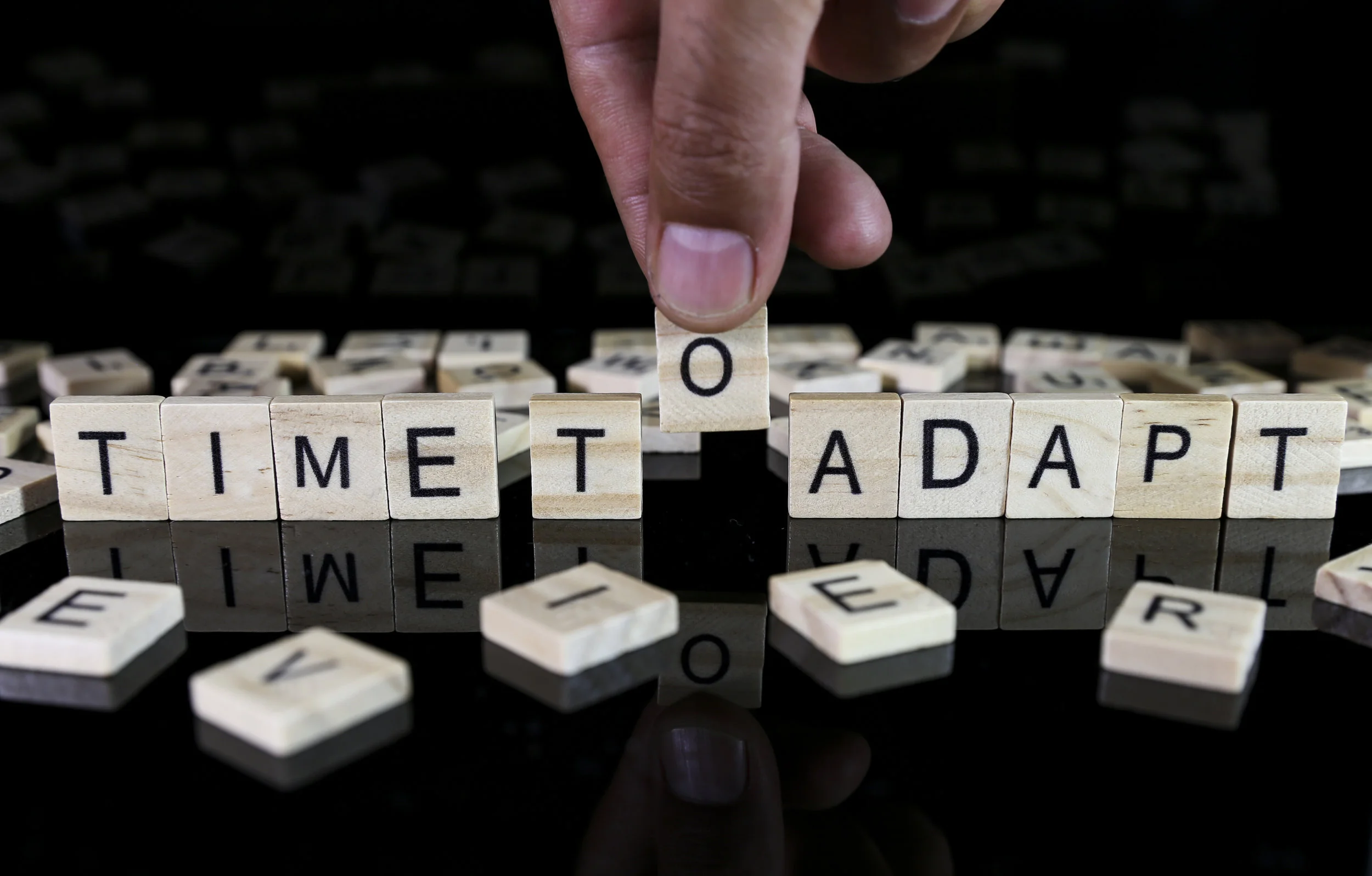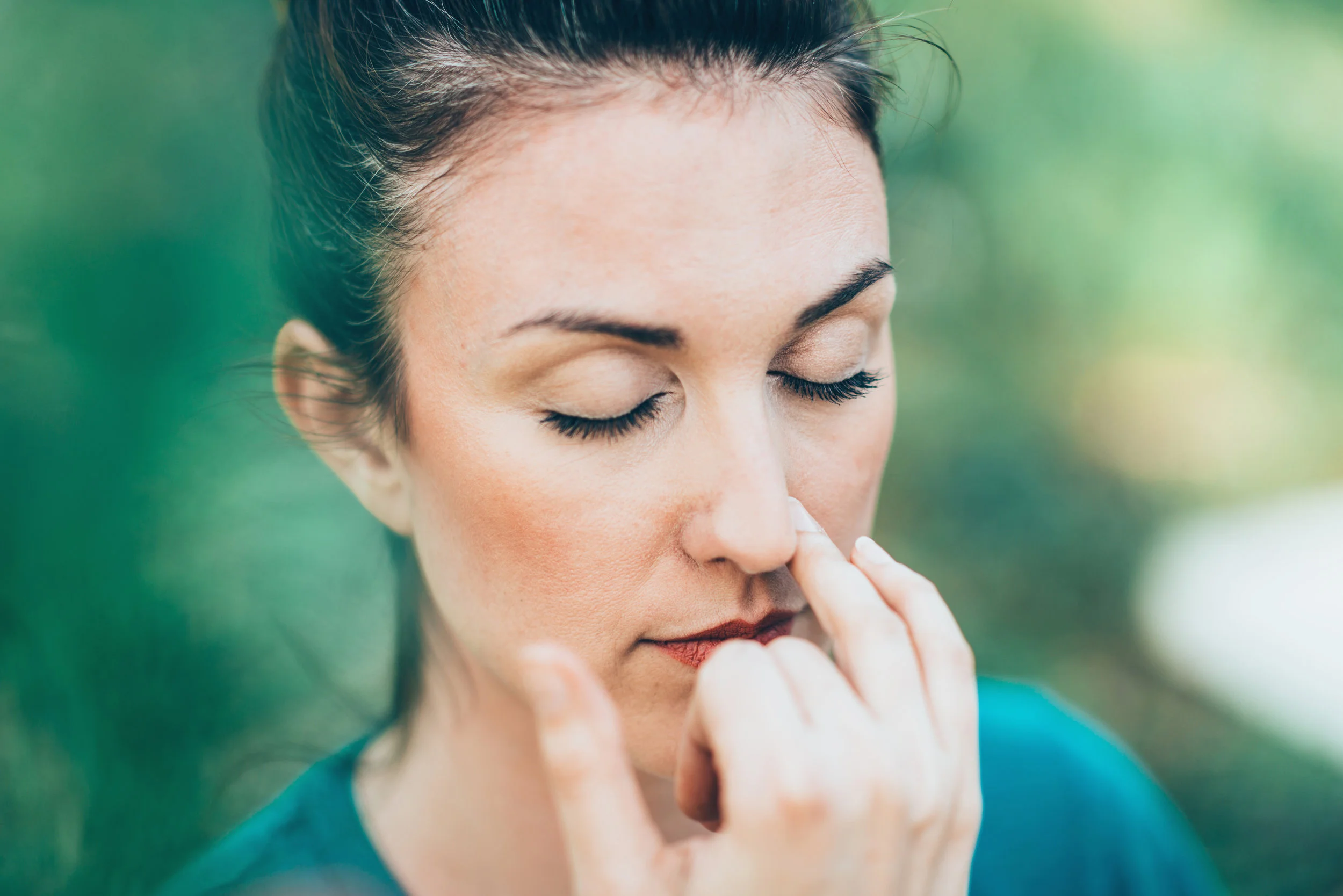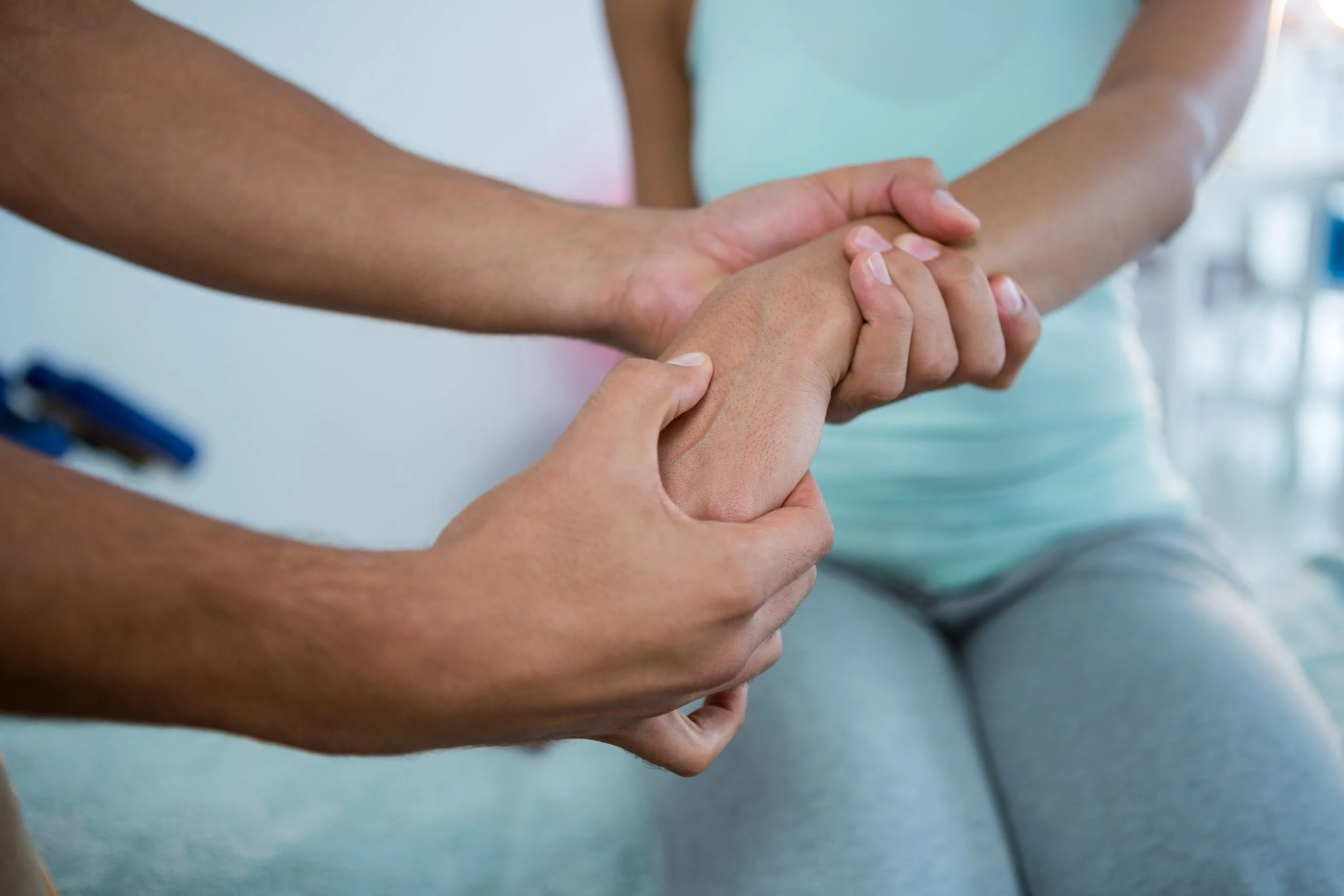Case
A man aged 42 years, who works as a police officer, presented with severe lower back pain, which he had experienced for 24 hours after spending the previous day helping his brother to move house. He had difficulty ambulating and most movements aggravated the pain. There were no lower limb symptoms and no red flags present on history or examination. He was otherwise well and was not taking any regular medications.
Osteopaths are registered health professionals who work mainly in private clinics and manage various musculoskeletal complaints.1 ..with major studies in anatomy, physiology, pathology, research methods, and osteopathic philosophy and technique. There are similarities with other manual therapies, such as chiropractic and manipulative physiotherapy, but the differences in underlying philosophy, approach to diagnosis, and frequency and duration of consultations provide distinctive practice styles to each discipline.
Osteopathic approach and philosophy
The osteopathic approach to patient care is characterised by holism and places emphasis on the reciprocal relationship between anatomical and physiological structures. The holistic approach also acknowledges psychosocial, environmental and ergonomic factors2 that influence pain and disability. To reach a diagnosis, osteopaths assess symptomatic tissues and other related areas of the body that may influence optimal biomechanical function. Treatment includes manual techniques and patient education.
Research and osteopathy
Although there is a paucity of high-quality research investigating the effectiveness of osteopathic management for many conditions, limited but growing evidence offers support for treatment of low back pain (LBP).3–7 Isolated manual techniques, such as spinal manipulation, have been most thoroughly examined by researchers, but seem to have only a modest benefit for LBP.8 An integrated treatment approach using an eclectic set of manual techniques and advice – as commonly used in osteopathic practice – may be of greater benefit in LBP and a number of randomised controlled trials (RCT) have found improvements in LBP after osteopathic treatment.3–7 Recent RCTs reported that osteopathic treatment was more effective than placebo for chronic LBP interventions,5 more effective than usual medical care for acute LBP,3 and helpful for LBP in pregnant women.4
Initial assessment
Initial osteopathic consultations are up to 60 minutes in duration. The consultation includes obtaining a case history and other relevant medical and health information,9 assessment of red flags10 and gaining patient consent for treatment. If a red flag is identified, patients are immediately referred to their GP for assessment, and in more urgent cases (eg. cauda equina syndrome) referred directly to hospital emergency units. The patient completes a self-report pain questionnaire (eg. visual analogue pain scale) and assessment of changes in activities of daily living (ADLs) to assess pain and functional disability.
The information provided in this case scenario suggests differential diagnoses of lumbar facet joint sprain, lumbar disc pathology or sacroiliac joint (SIJ) sprain. The osteopathic physical examination is informed by the case history and aims to support or exclude differential diagnoses.
Physical examination for the case presented
A physical examination would include the following:
- observation of standing posture
- active and passive range of motion of lumbopelvic, hip and thoracic regions
- occupation and ADL-oriented functional movement testing
- assessment of lumbar and thoracic segmental mobility and tenderness
- palpation of lumbar spine, abdomen and hip soft tissues
- orthopedic tests, including straight leg raise, active straight leg raise test and SIJ pain provocation tests.
Management strategies
Immediate (at initial presentation as stated in the case scenario)
For the case presented here, the osteopath would address restricted and painful areas identified in the examination. Treatment may involve mobilisation or articulation of lumbar and thoracic facet joints, soft tissue massage and stretching of lumbar and hip musculature, and the use of gentle isometric contraction techniques (‘muscle energy’) to encourage better motion, muscle recruitment and decrease pain.11,12 Gentle application of spinal manipulation may be used for the lumbar and/or thoracic spine,13 but suspected intervertebral disc pathology would be a contraindication. The patient would be advised to consult their general practitioner (GP) or pharmacist for appropriate short-term pain relief medications and advised to keep moving within pain limits.
An advantage of the osteopathic consultation is the time available to educate patients and discuss concerns. In this case, the osteopath would explain the likely cause and prognosis, and offer reassurance to the patient that nothing serious was evident, that most acute back pain resolves without the need for ongoing treatment or surgery, and that the patient should aim to be active and return to work as soon as possible.14 The osteopath would discuss sick leave for 2–3 days and schedule a review consultation.
Short term (days to weeks)
Some improvement in symptoms would be expected due to the natural history of acute musculoskeletal conditions. Further manual therapy would be provided, advice given on ADLs, and approaches to return to work within a short period of time would be encouraged. Recommendations for alternative work duties may also be appropriate.
Medium term (up to 6 months)
It is unlikely that this patient would need treatment for more than a few weeks. In the case of other factors being present (ie. yellow, black or blue flags) or re-injury, treatment may include manual therapy, the focus being directed towards active treatment approaches, such as rehabilitation exercises. The implementation of additional outcome measures may be helpful for identification of patients requiring psychological intervention.
Long term (years, including prevention and maintenance strategies)
It is highly unlikely that the patient in this case would require long-term osteopathic treatment. Osteopaths encourage patients to invest time and effort into keeping muscles strong and joints mobile, either though occasional osteopathic manual treatment, ergonomic awareness, their own exercise and rehabilitation program, or a combination of all.
Conflict of interests: None
Provenance and peer reviewed: Commissioned; externally peer reviewed.
References
- Burke SR, Myers R, Zhang AL. A profile of osteopathic practice in Australia 2010–2011: a cross sectional survey. BMC Musculoskelet Disord 2013;14:227. Search PubMed
- Fryer G. Special issue: Osteopathic principles. Int J Osteopath Med 2013;16:1–2. Search PubMed
- Cruser dA, Maurer D, Hensel K, Brown SK, White K, Stoll ST. A randomized, controlled trial of osteopathic manipulative treatment for acute low back pain in active duty military personnel. J Man Manip Ther 2012;20:5–15. Search PubMed
- Licciardone JC, Buchanan S, Hensel KL, King HH, Fulda KG, Stoll ST. Osteopathic manipulative treatment of back pain and related symptoms during pregnancy: a randomized controlled trial. Am J Obstet Gynecol 2010;202:43–48. Search PubMed
- Licciardone JC, Minotti DE, Gatchel RJ, Kearns CM, Singh KP. Osteopathic manual treatment and ultrasound therapy for chronic low back pain: a randomized controlled trial. Ann Fam Med 2013;11:122–29. Search PubMed
- Vismara L, Cimolin V, Menegoni F, et al. Osteopathic manipulative treatment in obese patients with chronic low back pain: a pilot study. Man Ther 2012;17:451–55. Search PubMed
- Williams NH, Wilkinson C, Russell I, et al. Randomized osteopathic manipulation study (ROMANS): pragmatic trial for spinal pain in primary care. Fam Pract 2003;20:662–69. Search PubMed
- Rubinstein SM, van Middelkoop M, Assendelft WJ, de Boer MR, van Tulder MW. Spinal manipulative therapy for chronic low-back pain: an update of a Cochrane review. Spine 2011;36:E825–46. Search PubMed
- Orrock P. Profile of members of the Australian Osteopathic Association: Part 1 - The practitioners. Int J Osteopath Med 2009;12:14–24. Search PubMed
- Downie A, Williams CM, Henschke N, et al. Red flags to screen for malignancy and fracture in patients with low back pain: systematic review. BMJ 2013;347. Search PubMed
- Degenhardt BF, Johnson JC, Hagan C. Osteopathic manipulation reduces pain and improves quality of life. Int J Osteopath Med 2013;16:e11–12. Search PubMed
- Greenman PE. Principles of Manual Medicine. 3rd edn. Philadelphia: Lippincott William & Wilkins, 2003. Search PubMed
- de Oliveira RF, Liebano RE, Costa LdCM, Rissato LL, Costa LOP. Immediate effects of region-specific and non-region-specific spinal manipulative therapy in patients with chronic low back pain: a randomized controlled trial. Physical Therapy 2013;93:748–56. Search PubMed
- Brooks P, March L, Bogduk N, et al. Evidence-based management of acute musculoskeletal pain. Australian Acute Musculoskeletal Pain Guidelines Group. Brisbane: Australian Academic Press, 2003. Search PubMed
This article originally appeared on racgp.org.au and was written by Brett Vaughan, Tracy Morrison, Della Buttigieg, Chris Macfarlane and Gary Fryer.











![Self-regulation “control [of oneself] by oneself"](https://images.squarespace-cdn.com/content/v1/55563e14e4b01769086817cb/1542845645966-PO2HGKF5JLUBM45UIWQ3/wee-lee-790761-unsplash.jpg)



















